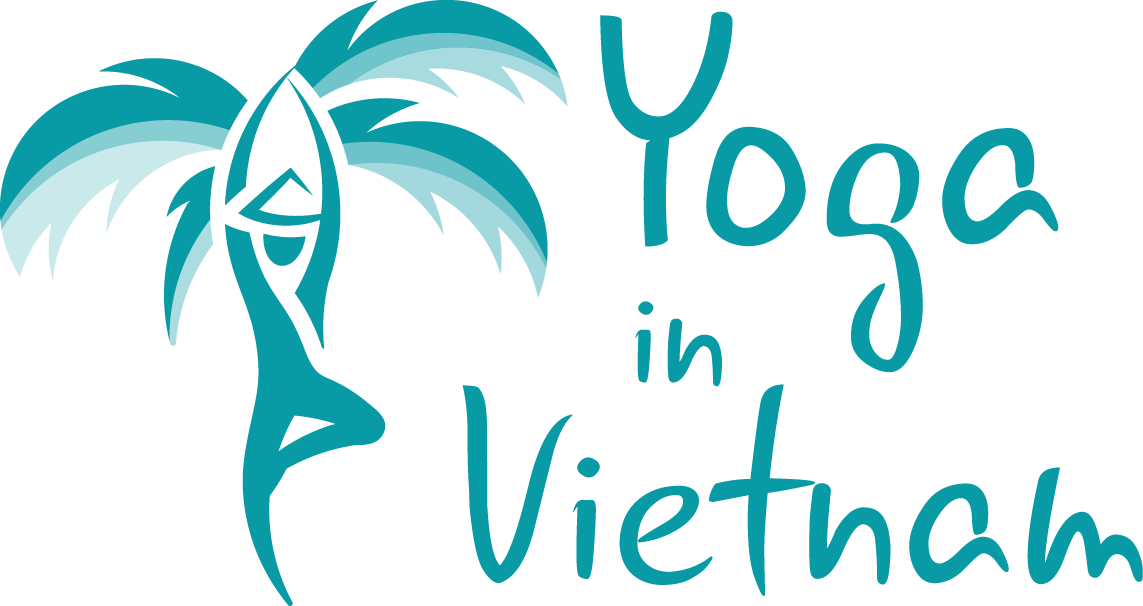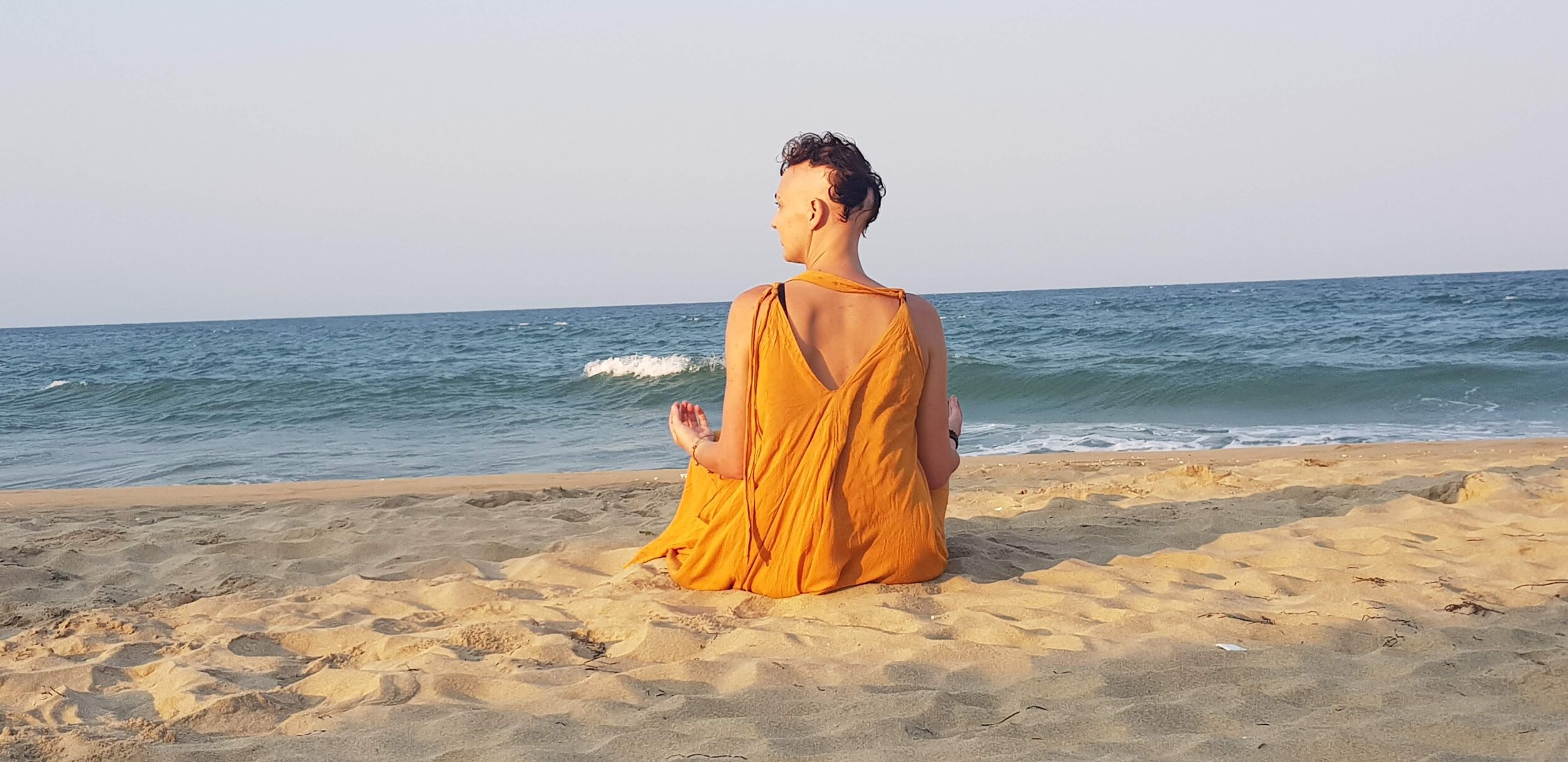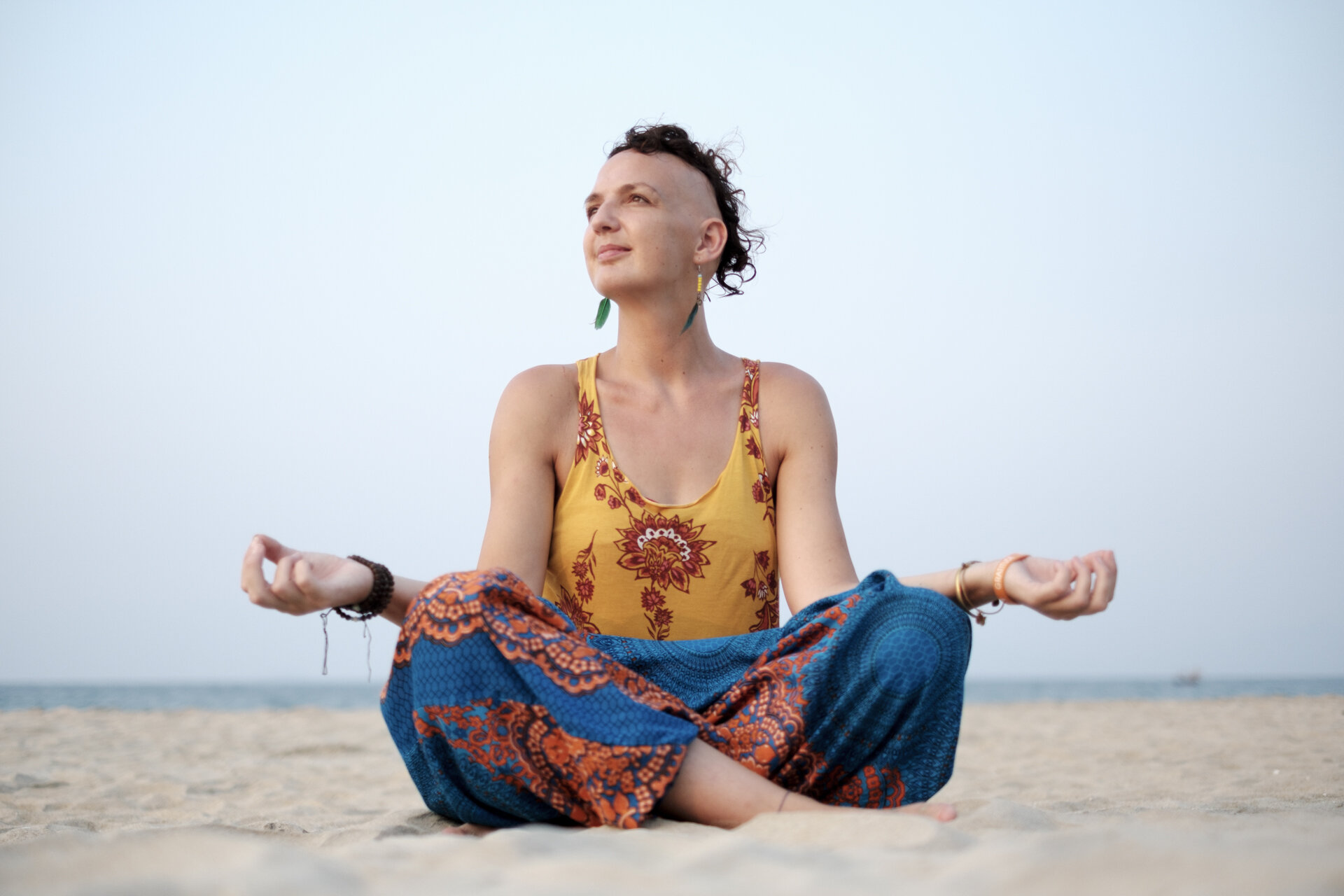Mindfulness for Beginners
By Emma Sothern of Om with Em
It seems that just like quinoa, cacao and avocado, mindfulness is something that’s become widely popular in the West. And it couldn’t have arrived at a better time. We’ve never worked harder. We’ve never been more stressed. And even though we make more money, have better healthcare and are spoilt for choice in terms of food, entertainment and travel – we’ve statistically never been unhappier.
Anxiety disorders are the most common mental illnesses in the US and clinical depression has reached unprecedented levels over the past decade or so. Nowadays, a person suffering from depression isn’t some unkempt outcast with no friends. It could be your bubbly neighbour, your charismatic boss, your 10-year-old daughter. Depression and anxiety aren’t picky. They can choose to visit anyone, at any time.
And so an antidote to this epidemic is badly needed. Enter: mindfulness. (Phew!)
Mindfulness isn’t just for bearded hippies in remote caves.
It doesn’t involve levitation, nor does it require years of studying Buddhist teachings. Being mindful is something we can all ‘get good at’, every day. And if we don’t ‘get good’ at it, well, we can simply be aware of it. That’s the whole point.
Try this short exercise out for size:
Whether you’re standing, sitting or lying down right now, notice how your body feels against whatever’s supporting you. So maybe it’s the ground under your feet, or the chair under your sit bones. Bring your attention here and… just notice how you feel.
Next, bring your awareness to any sounds or smells around you. Try not to get carried away with thoughts about that sound – for instance, why that dog’s bark sounds so high-pitched – but simply letting the sensation wash over you.
Finally, bring your attention to your breath. Maybe it’s in the belly or the chest; maybe it’s deep or more shallow. Whatever it feels like, you don’t need to change it – just notice it.
Continue to sit or stand like this for a few moments: mindful of your body, your senses and your breath, truly present in the moment.
Now, that wasn’t so hard, was it?!
You didn’t need to fold yourself into a pretzel position, or light a bunch of candles and incense or even to close your eyes. You see, mindfulness can be something you do at any time – whether you’re in the office, crossing the street or brushing your teeth.
The thing is, we spend most of our days on autopilot. We rush from activity to activity, usually with our minds replaying past events or worrying about what we need to do next. In fact, as one pretty amazing mindfulness teacher called Jon Kabat-Zinn notes, our minds usually jump between three modes: thinking, remembering or planning. It’s very rare that we’re actually focused on the present moment. And why is this so important? Well, we’re only alive in the present moment: the past is gone and we can’t change it; the future hasn’t happened and we can’t change it, either – so why not just wake up to the here and now?
Easier said than done, I know.
Mindfulness is a learning curve, but it’s one that has taught me so very much. Since actively introducing mindfulness into my daily life, I’ve become more patient, less judgemental and maybe even a little kinder: to myself and to others. At least, I hope I have – ask my boyfriend about that one. ;)
It’s helped me to handle my alopecia – which I’ve had for most of my life – and to turn it into something empowering. It’s helped me to deal with my own anxiety and to notice when depression lurks at my door.
This is a key point about mindfulness: you don’t need to change anything. You simply start to notice how you feel and, with this awareness, comes understanding and even acceptance. (Eventually!)
So now when I’m stuck in a long queue or someone cuts me off in traffic or I get in a fight with my printer, I don’t let it get to me. Of course, I might still get pissed off – I’m only human – but the emotions are usually fleeting and I don’t let them take over. Or if I do, I become aware of why I feel so irritated. Maybe I had a crappy night’s sleep. Or maybe I need chocolate.
In any case, I don’t end up in a downward spiral of feeling irritated – judging myself for feeling irritated – feeling worse. I recognise that the emotion is there but that it won’t last. And usually even the act of bringing my attention to my surroundings or my breath is enough to snap me out of it. That, or chocolate. Again, only human. ;)
Mindfulness in everyday life
Meditation has proved invaluable in my own life. But I get that it’s hard, and that you might not be ready for it yet. Still, you can introduce mindfulness into your everyday life without a formal meditation practice. Try these ‘moments of mindfulness’ out for yourself:
When brushing your teeth, notice how the brush feels against your gums; the sound each bristle makes; the minty taste of your toothpaste. Try and focus solely on the sensation of brushing your teeth.
The next time you enjoy a cup of tea or coffee, sip and savour it for a few moments without distractions. No checking your phone, or tapping away on your laptop – just noticing how the cup feels in your hands, how the drink smells as you bring it to your lips, how it tastes as it moves from your mouth into your throat. It might be the best cup of tea/coffee you’ve ever had!
See if you can introduce some mindful movement into your day. Yoga definitely counts – but a lot of the time in a yoga class, our minds are elsewhere… so we’re really just stretching! It’s only when we become more aware of our body and breath – i.e., more mindful – that the true benefits of the practice become apparent. You can also introduce mindfulness the next time you’re out walking. Simply slow down your pace a little, notice all the little movements your foot makes as it reaches the ground, what the ground itself feels like… then any sounds, smells, colours around you… you know the drill by now!
Another option? Immerse yourself into a mindfulness retreat in Vietnam and kick start or refreshen your practice.
It’s pretty basic stuff.
But really, even introducing one of these mindful moments into your day can be so effective. They’ll help you to switch off the autopilot and regain conscious control. To change from ‘doing’ mode into ‘being’ mode. To find a deeper connection: with yourself, and with others.
Mindfulness isn’t rocket science.
And it’s not the future.
It’s all about the present.
About Emma
Emma Sothern is a yoga/meditation teacher based in Hoi An, Vietnam. She teaches gentle Hatha and Flow classes twice weekly at Moyo Beach Club and is available for private workshops, too.




